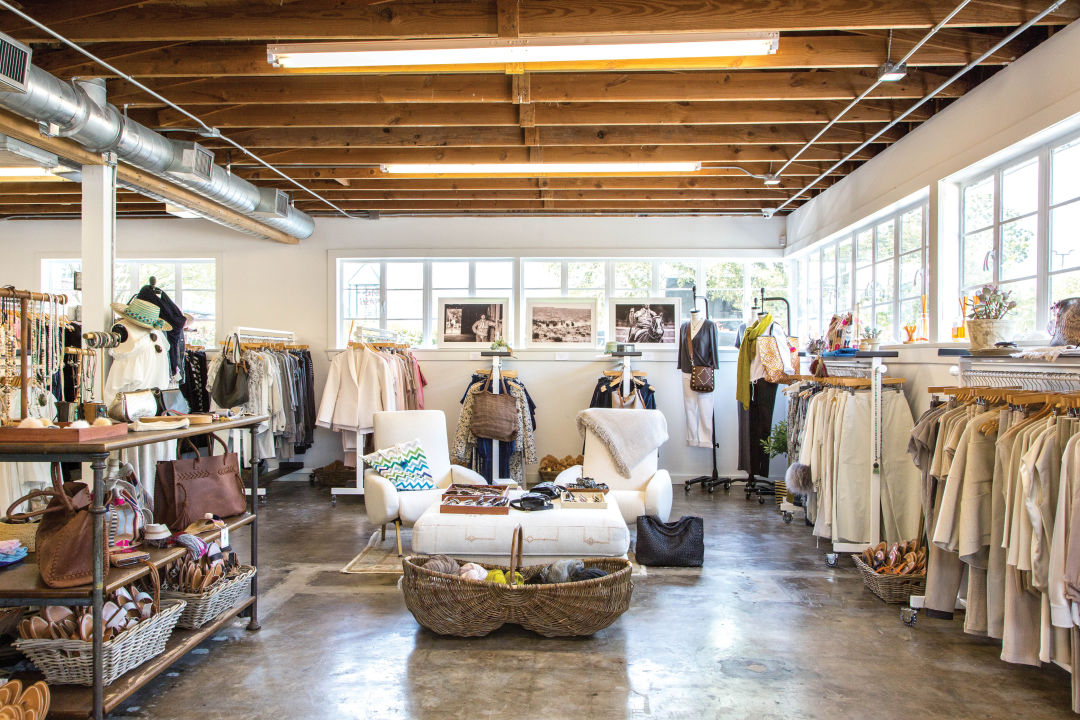Top 10 Must-Have Pieces from Your Favorite Boutique Fashion Shops
Top 10 Must-Have Pieces from Your Favorite Boutique Fashion Shops
Blog Article
Discovering the Evolution and Effect of Apparel on Modern Fashion Trends
The development of apparel has substantially affected modern-day fashion patterns, combining historic criteria with innovative technologies. Renowned numbers like Coco Chanel and Yves Saint Laurent revolutionized the garment industry by introducing concepts that prioritize convenience and ease of access, which remain to resonate today. On the other hand, technical strides in areas such as 3D printing and clever textiles are redefining style possibilities and consumer experiences. Furthermore, the growing focus on inclusivity and sustainability is improving industry requirements. As we take into consideration these multifaceted impacts, one must wonder about exactly how these elements jointly redefine fashion's function in mirroring and shaping modern culture.
Historical Style Influencers
In the tapestry of style history, specific numbers have left an enduring mark, forming the trends and designs that specify entire eras. Coco Chanel, a revolutionary developer, redefined ladies's fashion by presenting comfy, stylish clothes that left from limiting corsets. Her iconic Chanel match and little black gown have come to be ageless staples in closets worldwide. In A Similar Way, Christian Dior's post-war "Make over" in 1947, with its celebration of feminineness through complete skirts and cinched midsections, marked a go back to opulence and has actually continued to affect designers.
Elsa Schiaparelli is one more pivotal number, renowned for her avant-garde styles that incorporated surrealist art, working together with Salvador Dalí to develop whimsical items that challenged traditional visual appeals. Her cutting-edge use shade and bold patterns reverberates in modern fashion. Yves Saint Laurent, at the same time, democratized haute couture with prêt-à-porter collections, bringing path styles to the masses and setting a criterion for modern ready-to-wear lines.
These dreamers, among others, not just reinvented style in their times however additionally set sustaining patterns that reverberate in today's apparel industry, giving a structure whereupon contemporary designers proceed to construct and innovate. Their legacies emphasize the significance of creative thinking and daring in style's ever-evolving narrative.
Technological Innovations in vogue
Amidst the dynamic landscape of the fashion business, technological developments stand at the center of advancement, improving just how developers create and consumers engage with fashion. The integration of 3D printing has revolutionized style processes, enabling designers to experiment with complicated structures and sustainable products that were formerly inconceivable. This technology facilitates rapid prototyping, reducing waste and speeding up production times.

Smart fabrics, installing innovation right into materials, are additionally transforming the market. Innovations like temperature-regulating and self-cleaning materials use enhanced performance and convenience. Wearable innovation, including features like physical fitness monitoring and communication, adds a brand-new dimension to fashion, merging aesthetics with functionality.
Cultural Shifts and Design
As technical developments remain to improve the garment industry, social changes are just as prominent, redefining design and customer choices. In recent times, the rise of social networks platforms has sped up the circulation of international style fads, permitting varied social influences to exist together and assemble. This electronic interconnectivity has actually promoted the quick exchange of ideas, resulting in an extra diverse and inclusive interpretation of design that reflects the multifaceted nature of modern culture.
Social recognition and admiration have actually triggered designers to draw inspiration from a wider spectrum of ethnic and historical contexts, integrating traditional concepts with modern appearances. This fusion has actually resulted in style that reverberates with a larger audience, promoting a feeling of identification and belonging across different demographics. In addition, the enhancing demand for customization has actually driven brands to supply adjustable options, making it possible for customers to reveal individuality while reflecting their social heritage.
In addition, shifting societal values have actually affected style, with inclusivity and diversity ending up being central themes. The you can check here sector has started to embrace versions and influencers of different type of body, ethnic cultures, and gender identifications, challenging traditional beauty standards. This transformation highlights the power of cultural shifts in shaping the future of fashion, as design comes to be a more authentic expression of collective and individual identity.
Sustainability and Modern Style
While the apparel industry proceeds to advance, the necessary for sustainability has actually become progressively urgent, influencing modern-day style methods. This change aims to attend to ecological worries and honest factors to consider, resulting in a reevaluation of traditional production techniques. Developers are now integrating lasting materials, such as natural cotton, recycled polyester, and biodegradable textiles, into their collections, lowering the eco-friendly footprint of fashion. The increase of slow fashion, which emphasizes quality over amount, urges consumers to purchase ageless items rather than transient trends.
Moreover, contemporary style is defined by its technology in reducing waste and advertising circularity. Methods such as zero-waste pattern cutting and 3D knitting are obtaining grip, permitting developers to produce garments with very little material wastage. Additionally, brand names are taking on transparent supply chains, guaranteeing liability and cultivating customer trust. This approach not only mitigates environmental influence but likewise improves the social duty of style homes.

Future Trends in Fashion

Sustainability will remain to be a driving force in shaping future fashion fads. The market is increasingly embracing eco-friendly products and honest production methods, responding to a growing consumer demand for responsible methods. Innovations such as bio-fabricated materials and closed-loop recycling systems are set to redefine just how clothes is produced and taken in, minimizing environmental influence while preserving style and quality.
Cultural changes, including the surge of inclusivity and variety, will additionally play a crucial role. As culture becomes a lot more familiar with social concerns, fashion is expected to come to be a system for expression and modification. Designers will likely concentrate on creating collections that mirror a broader variety of experiences and identifications, championing depiction and accessibility.
Final Thought
The development of apparel considerably affects contemporary fashion fads, where historical impacts merge with modern styles. This continuous evolution emphasizes style's duty as a mirror to societal worths and technological advancement, recommending a future rich with advancement and inclusivity.
The advancement of clothing has actually considerably affected modern fashion patterns, combining historic precedents with advanced innovations.Among the dynamic landscape of the fashion market, technological advancements stand at the forefront of innovation, improving exactly boutique fashion how developers create and customers involve with fashion.While the fashion industry proceeds to progress, the vital for sustainability has actually come to be progressively immediate, affecting modern-day design practices. As sustainability comes to be embedded in modern design, it leads the way for a much more mindful and liable style sector.
The development of clothes dramatically impacts modern-day style trends, where historical impacts combine with modern styles.
Report this page